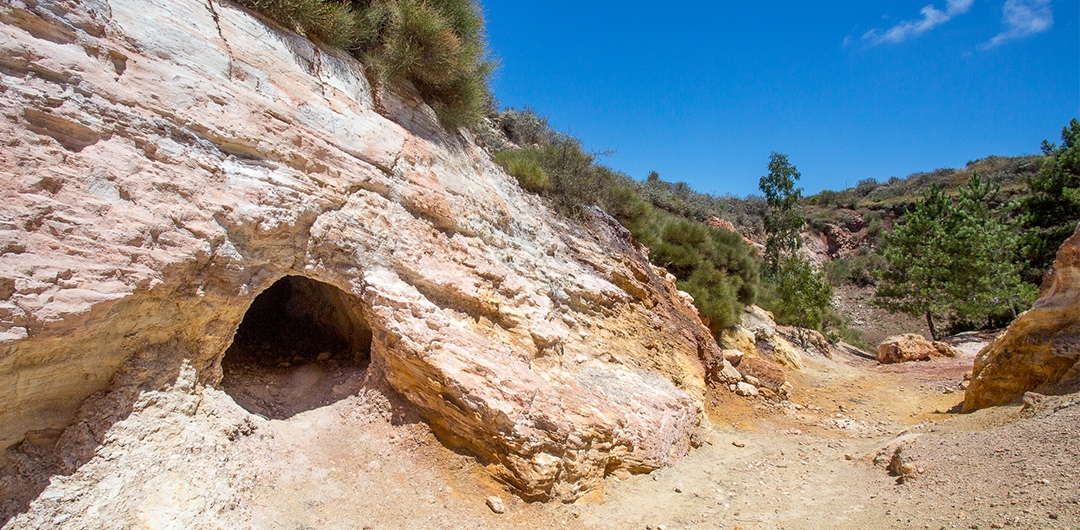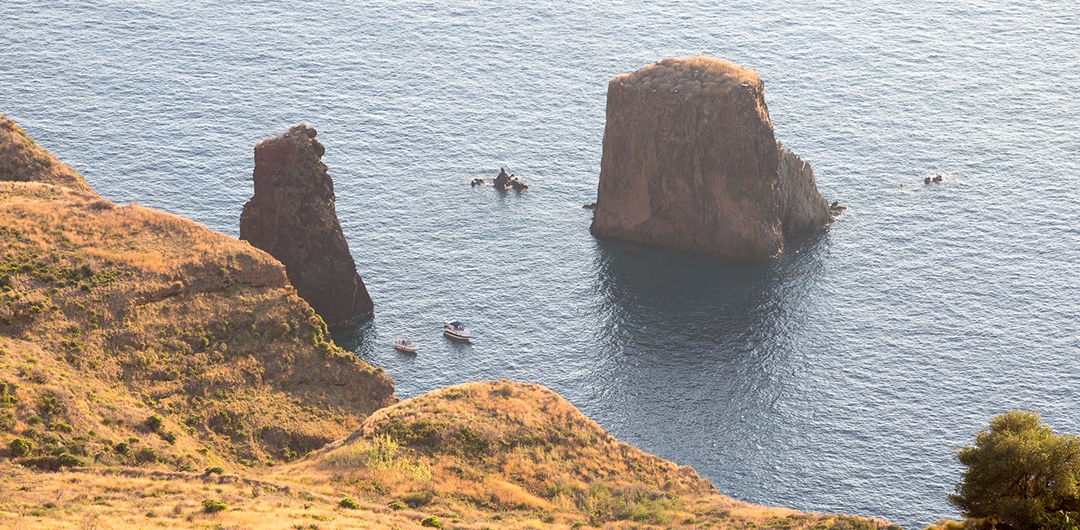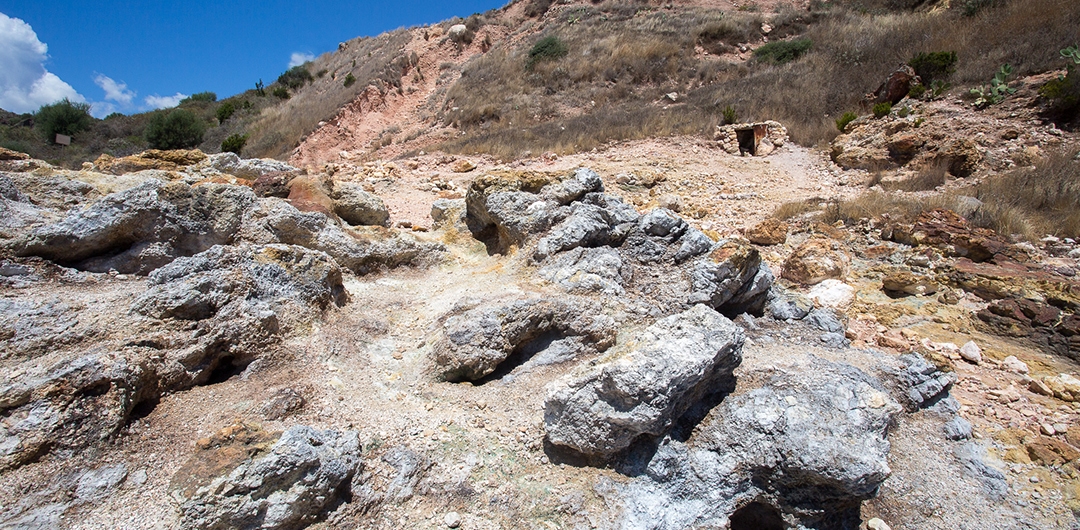During the Saracen occupation many inhabitants of Lipari moved to the Kaolin area, settling in some natural caves, called “Rutta i Saracina”.
Tradition states that the white chapel which can be admired on the hill overlooking the quarries, called “A Casicedda”, was built by the Liparian Christians on the run.
The same chapel housed the local farmers who gathered to rest and to share the collective prayer and the Sunday Mass.
At the end of the Muslim occupation, the area of Kaolin, called even “Vagnu Siccu – Dry Bath”, was a very important residential area because, since the second half of the 4th century B.C., it was known as location of healthcare provision where the afflicted by illness looked for recovery thanks to its waters with exceptional healing properties.



